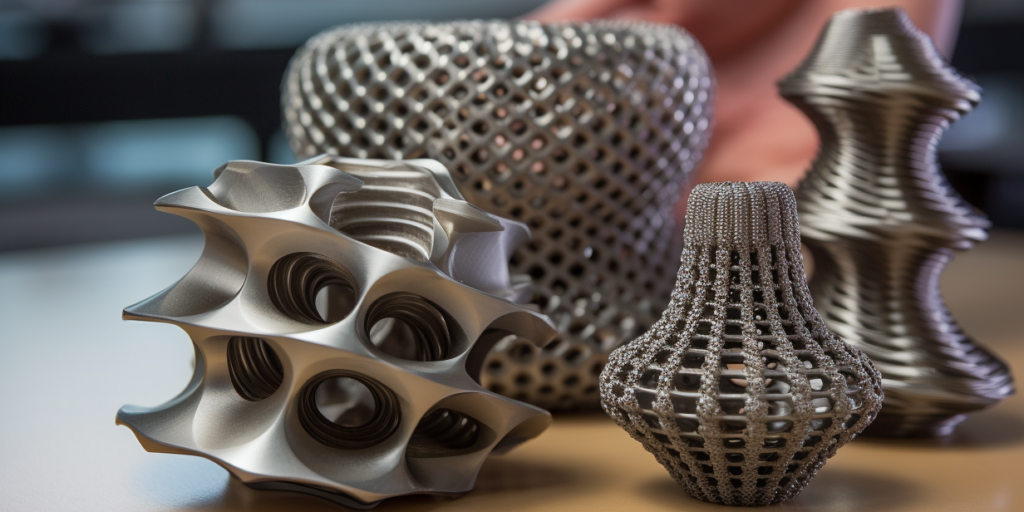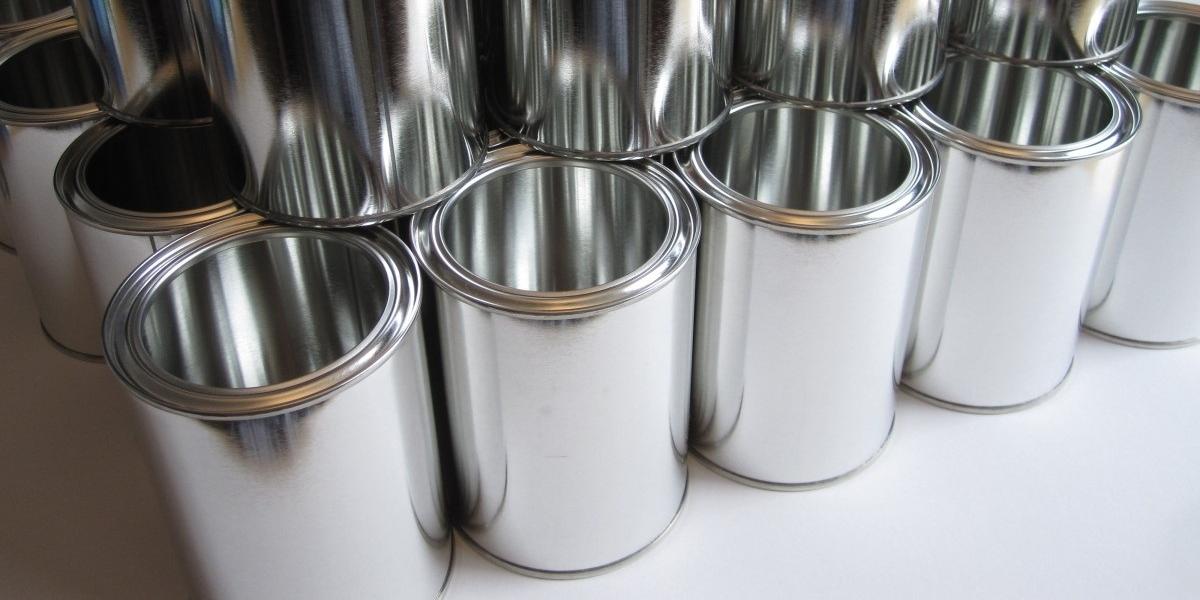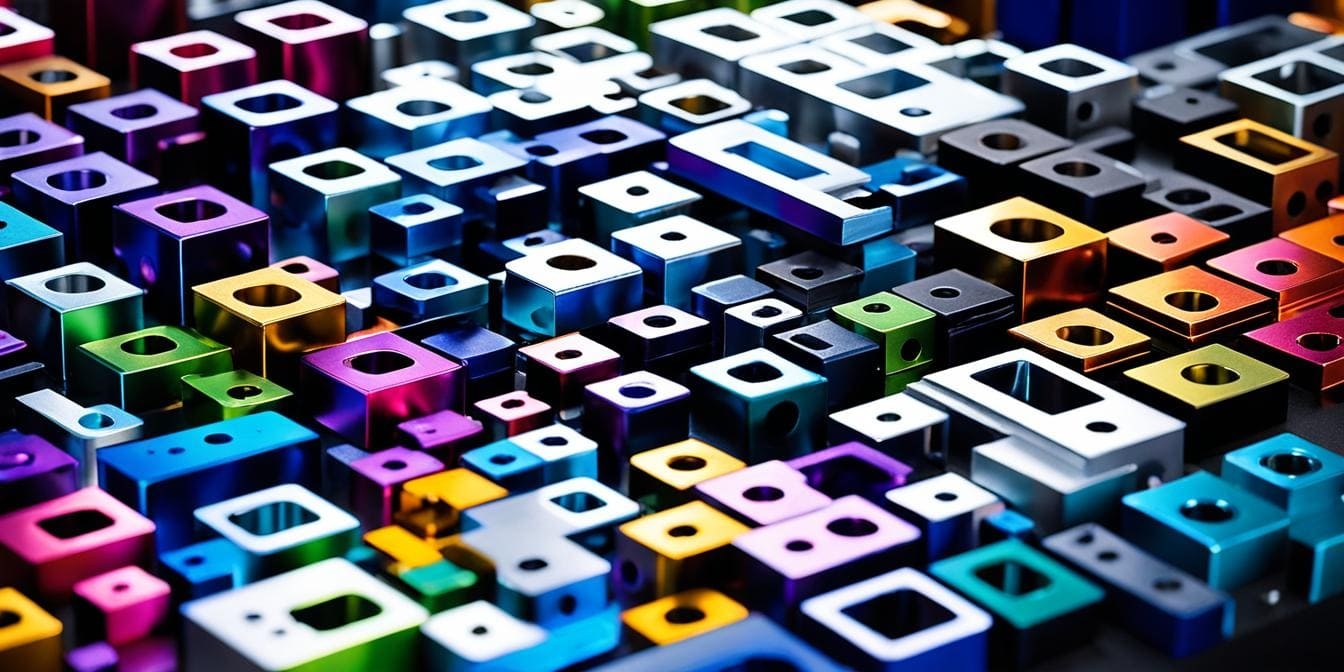1. Introduction
For the auto business, where safety is very important, precision manufacturing is more than just a buzzword. It’s what keeps innovation going and cars on the road. If every instrument in a symphony orchestra was a different part of a car, the music would not be in tune. Precision in production also makes sure that every part fits, works, and lasts as planned.
Computer Numerical Control (CNC) machine technology has grown from a simple idea to a complex part of the industrial process. It is at the heart of this precision. Because they are so accurate and flexible, CNC machines have changed the way cars are made, making it possible to make complex designs and precision parts that were previously difficult to make.
We’ll talk about how CNC has changed the car industry in terms of its principles, technology, and uses as we talk about how important precision manufacturing is and how CNC technology has grown.
2. Basic Principles of CNC Machine
Computer Numerical Control (CNC) cutting is a new way to make custom parts that changes the way things are made forever. Meanwhile, CNC machining is a computer-controlled manufacturing process that allows for the precise shaping of different materials such as metal, plastic, or wood with exceptional accuracy and repeatability, making it an indispensable technology in modern industries. CNC machining is based on using computer tools to turn 2D and 3D designs into code.
The CNC machine then reads this code and exactly controls how the cutting tools move in relation to the workpiece. The piece of work is put on a bed or spindle, and the machine’s axes guide the cutting tool as it takes material to get the shape and size that are needed.
CNC cutting is great because it can be used for many things and is very accurate. Steel, plastic, and a lot of other materials can be used on it, and it can make things with tolerances as small as a few microns. Parts must meet strict requirements in the medical, aerospace, and car industries, and this technology is very important to those fields.
CNC machines will continue to improve their ability to make complicated, high-quality parts. This is an important part of modern manufacturing.
3. CNC Machining in 11 Technologies and their Automotive Applications
Through the application of CNC machining, let’s see how CNC technology demonstrates its precision and importance in the automotive industry.
(1) CNC turning
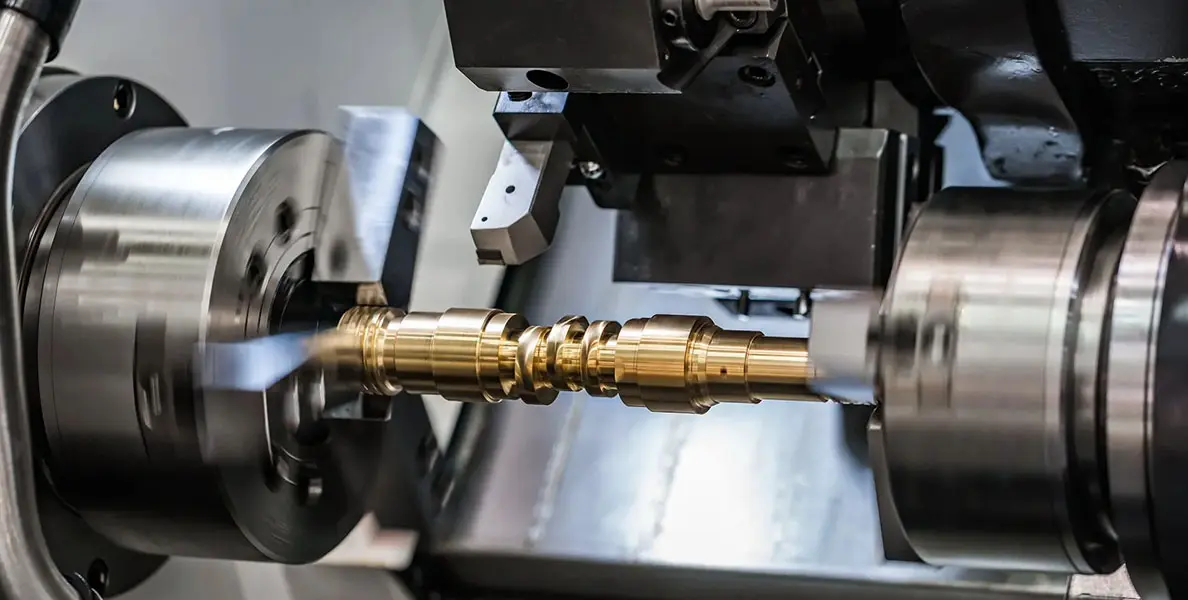 CNC turning is a flexible method that is widely used in the auto business to make accurate cylinder parts. For example, it is often used to make motor parts like crankshafts and camshafts, which need to be very precise and have a smooth surface.
CNC turning is a flexible method that is widely used in the auto business to make accurate cylinder parts. For example, it is often used to make motor parts like crankshafts and camshafts, which need to be very precise and have a smooth surface.
A CNC machine turns a raw bar stock while a cutting tool moves along an axis to remove material and make the shape that is needed. For example, CNC turning is used to make the main and rod journals of a crankshaft, which are necessary to turn the linear motion of the piston into a circular motion.
The process makes sure that the journals have the right thickness and surface finish, which is important for the engine to run smoothly and last a long time. These days, CNC lathes can get to within 0.01 millimeters of accuracy, which lets them make automotive parts with complicated shapes.
Also, CNC turning and milling processes can be done together in the same setup, which makes it even easier to make CNC auto parts like transmission gears and wheel hubs. This unified method not only saves time but also makes sure that different parts of a part are the same, which improves the quality and performance of car parts as a whole.
(2) CNC milling
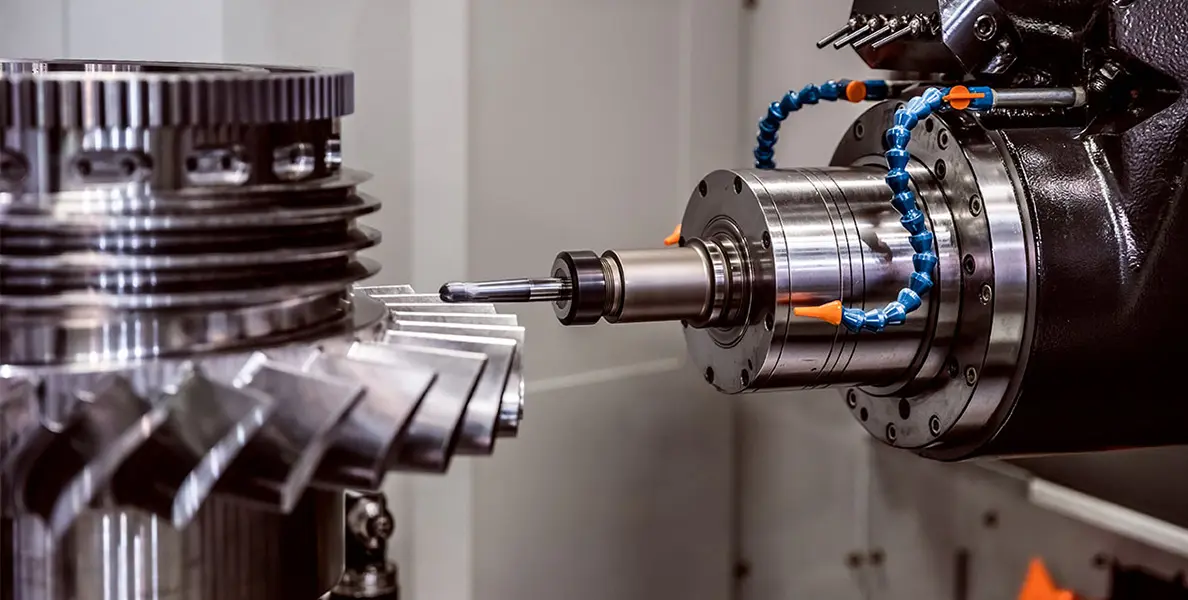 CNC milling is an important part of making cars because it lets you make complex forms and contours with great accuracy. We can see how CNC milling is used to make engine blocks. Several inserts on a rotary milling cutter remove material to make the engine’s internal holes, like cylinder bores and water jacket openings.
CNC milling is an important part of making cars because it lets you make complex forms and contours with great accuracy. We can see how CNC milling is used to make engine blocks. Several inserts on a rotary milling cutter remove material to make the engine’s internal holes, like cylinder bores and water jacket openings.
These parts are very important for keeping the engine cool and burning fuel efficiently. In a modern CNC milling machine, the part to be machined is held in place while the milling tool spins quickly around with many cutting edges to shape it.
Modern 5-axis CNC mills can achieve accuracy as small as ±0.005 millimeters, which makes sure that the engine block is the right size and fits with other engine parts. This amount of accuracy is very important for how well and reliably the vehicle works.
CNC milling is also used to make parts like suspension arms and gearbox housings, which need the flexibility and high precision that only CNC milling can provide because of their complex shapes and many features.
(3) CNC Drilling
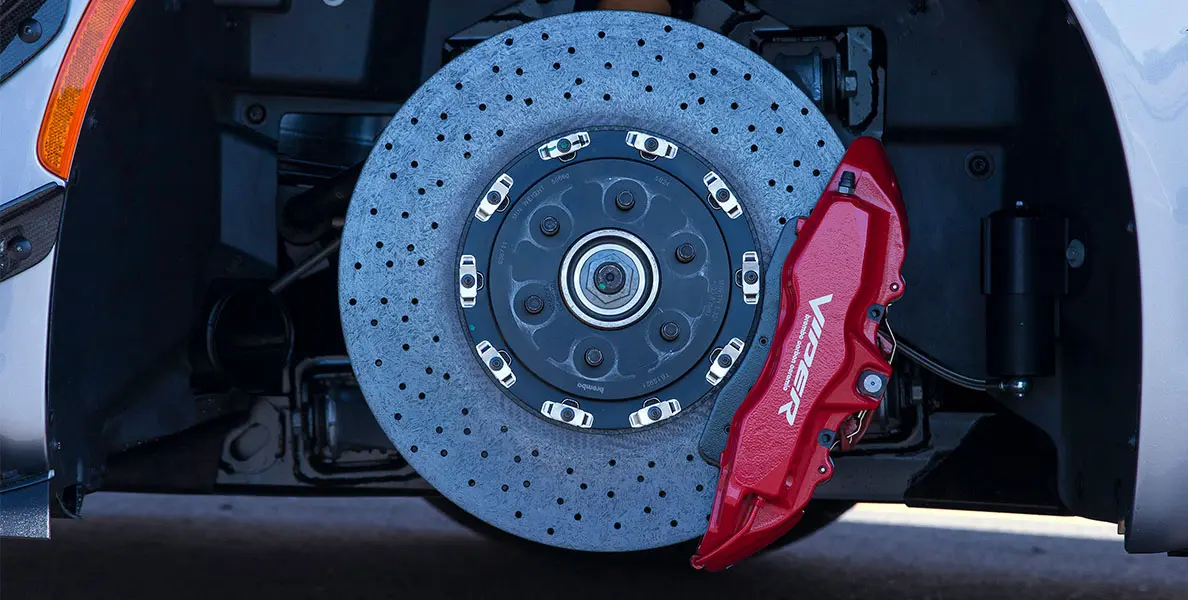 In the automotive sector, drilling is a basic CNC method used to improve and make holes bigger in metal parts. In the case of making brake discs, exact holes are needed so that brake calipers and pads can be put together. These holes make it easier to put things together and also help the structure stay together and get rid of heat.
In the automotive sector, drilling is a basic CNC method used to improve and make holes bigger in metal parts. In the case of making brake discs, exact holes are needed so that brake calipers and pads can be put together. These holes make it easier to put things together and also help the structure stay together and get rid of heat.
In CNC drilling, the drill bit is held by a wheel and fed into the workpiece to make holes that are exactly the right size. These days, CNC drilling tools can make holes that are within ±0.01 millimeters of each other, which makes sure that the brake system parts fit perfectly. Another use is to make holes for fuel injectors in engine heads. The size, shape, and location of the holes have a direct effect on how the fuel is mixed and how well the engine runs.
These holes can be made very accurately with CNC cutting, which helps the engine work better and have more power. This method also makes it possible to make complicated designs and many layers of holes in a single setup, which speeds up production and makes it easier to make things. It is very important for the performance, safety, and dependability of auto parts that they are made with this much care and accuracy.
(4) CNC Threading
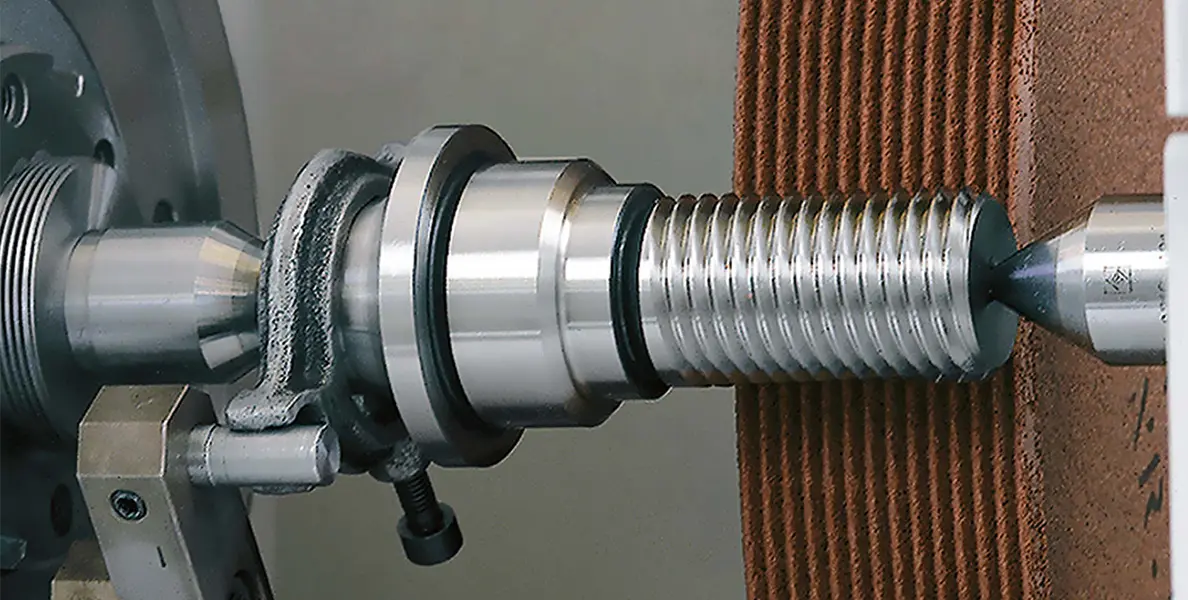 The automotive industry relies heavily on CNC technology for the production of high-quality CNC car parts, including the precise machining of threads on fasteners and other critical components. One critical application is in ensuring a secure wheel connection, where wheel bolts, considered essential CNC car parts, must be manufactured with strict adherence to thread specifications.
The automotive industry relies heavily on CNC technology for the production of high-quality CNC car parts, including the precise machining of threads on fasteners and other critical components. One critical application is in ensuring a secure wheel connection, where wheel bolts, considered essential CNC car parts, must be manufactured with strict adherence to thread specifications.
The CNC threading process, integral to the creation of CNC automotive parts, employs a computer-controlled lathe that spins the workpiece while a numerical program guides a threading tool to produce extremely accurate threads. This ensures that every thread is uniform in size and shape, meeting the precise standards required for safe and reliable car operation.
For instance, a typical wheel bolt may require a thread pitch of 1.5 millimeters with a tolerance of ±0.05 millimeters. Achieving this level of precision is vital for preventing wheel detachment and ensuring driver safety. CNC threading is also utilized in the production of engine components, such as oil pan bolts, which are among the vital CNC car parts. These threads must be robust enough to withstand the vibrations and pressures of an engine in operation without failure or deformation.
In the automotive industry, where even minor details can significantly impact safety and performance, the precision of CNC threading in manufacturing CNC car parts demonstrates the paramount importance of accuracy and reliability.
(5) CNC Complex Contour Surface Turning
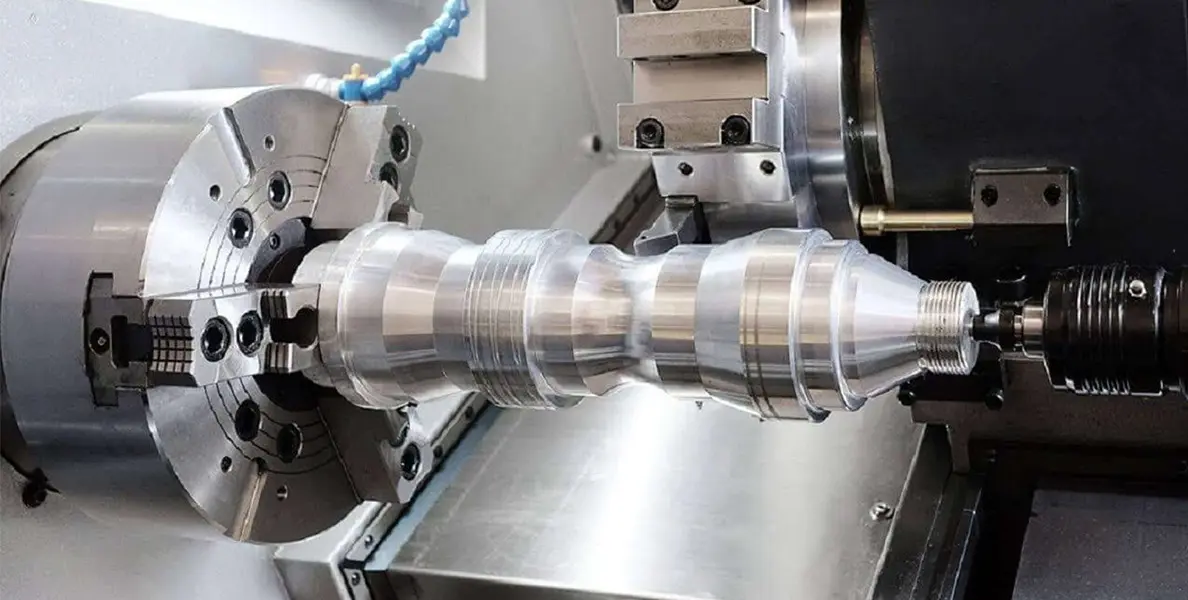 CNC complex contour surface turning is an advanced machining method used to manufacture different automotive components, enabling the creation of complicated, symmetrical shapes that can be rotated. This technology is crucial for producing a wide variety of intricate parts that are essential for the automotive industry.
CNC complex contour surface turning is an advanced machining method used to manufacture different automotive components, enabling the creation of complicated, symmetrical shapes that can be rotated. This technology is crucial for producing a wide variety of intricate parts that are essential for the automotive industry.
When making a camshaft, it is very important to keep the engine’s intake and output valves in check. These parts have complicated, egg-shaped (elliptical) lobes that need to be turned precisely to make sure the valve timing is correct and the engine runs at its best.
A rough cylinder-shaped piece of work is held in place between the centers of a CNC machine during the turning process. The workpiece is then turned on the lathe while a computer-controlled cutting tool follows a pre-set path, slowly forming the raw material into the shape that is wanted. The cutting tool’s position is changed to make the cam lobes’ elliptical profiles. These profiles can have a range of as little as ±0.01 millimeters to meet the strict requirements of car engines.
This level of accuracy is necessary for the camshaft to work with the engine’s valve train, and it has a direct impact on the car’s fuel economy and power output. The fact that such complicated shapes can be made with great accuracy and consistency shows how well modern automotive CNC machining works in the car industry.
(6) CNC Laser Machining
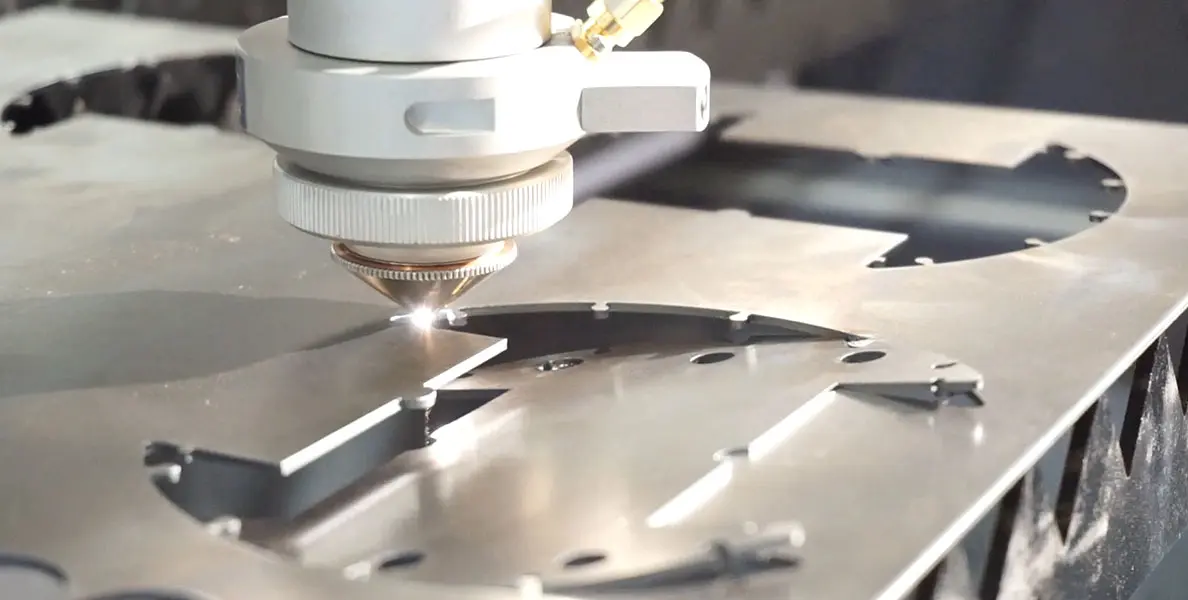 CNC laser machining is a high-tech method for making highly accurate and quick car parts that uses the power of lasers. Laser processing is needed to make a clean, precise cut in the high-strength steels that are used to make car body panels. These panels need to be both light and strong.
CNC laser machining is a high-tech method for making highly accurate and quick car parts that uses the power of lasers. Laser processing is needed to make a clean, precise cut in the high-strength steels that are used to make car body panels. These panels need to be both light and strong.
When CNC laser machining is employed, the precision of CNC machining is evident as a computer-controlled system accurately points a powerful laser at a digital pattern, cutting through steel sheets with remarkable accuracy. The process can achieve a precision level as fine as ±0.1 millimeters, ensuring that the body panels fit seamlessly with the rest of the car, showcasing the exceptional precision of CNC machining in the automotive industry.
Laser machining also has the benefit of having fewer areas affected by heat and less material warping, which is important for keeping the structural integrity of safety-critical parts. This technology is also used to etch and mark parts like motor parts and identification plates with logos or serial numbers, which makes them more customizable and easy to track.
Because laser machining is so efficient, it speeds up production process and cuts costs, which makes it a useful tool in the process of making cars.
(7) CNC Electrical Discharge Machining (EDM)
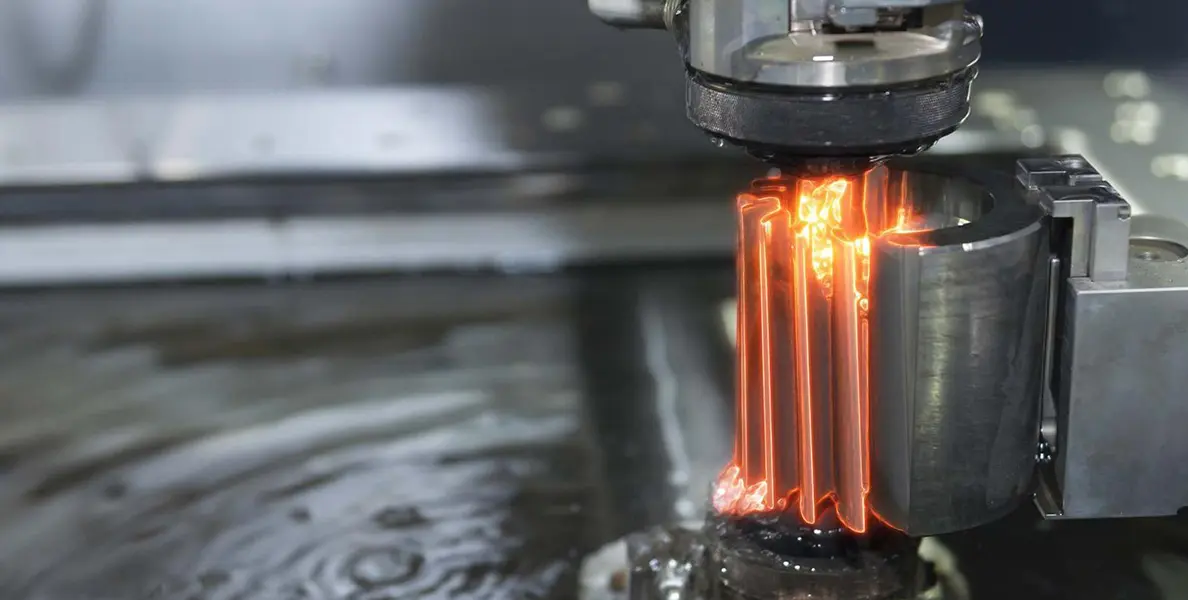 CNC Electrical Discharge Machining (EDM), which is sometimes called “spark machining,” is an important process in the auto business for making precise parts that are hard to make the old way.
CNC Electrical Discharge Machining (EDM), which is sometimes called “spark machining,” is an important process in the auto business for making precise parts that are hard to make the old way.
When making intricately shaped engine parts like injector nozzles, these nozzles need very small, complicated openings that must be very accurate to make sure that the fuel is evenly distributed and the engine runs at its best.
An electrically conductive tool called an electrode is moved by a CNC system to send sparks through a dielectric fluid and exactly wear away the material of the workpiece. With tolerances as small as ±0.005 millimeters, this makes it possible to make the very small, accurate channels that fuel injectors need. Things that are hard to cut, like hardened steel or tungsten carbide, are great for the EDM process because they carry electricity well.
EDM is an important technology for the car industry because it can make very complex shapes with great accuracy. This helps make important engine parts more efficient and reliable. It is also used to make tools and molds that are used to shape auto body panels, which shows how important it is to the making of cars.
(8) CNC Plasma Processing
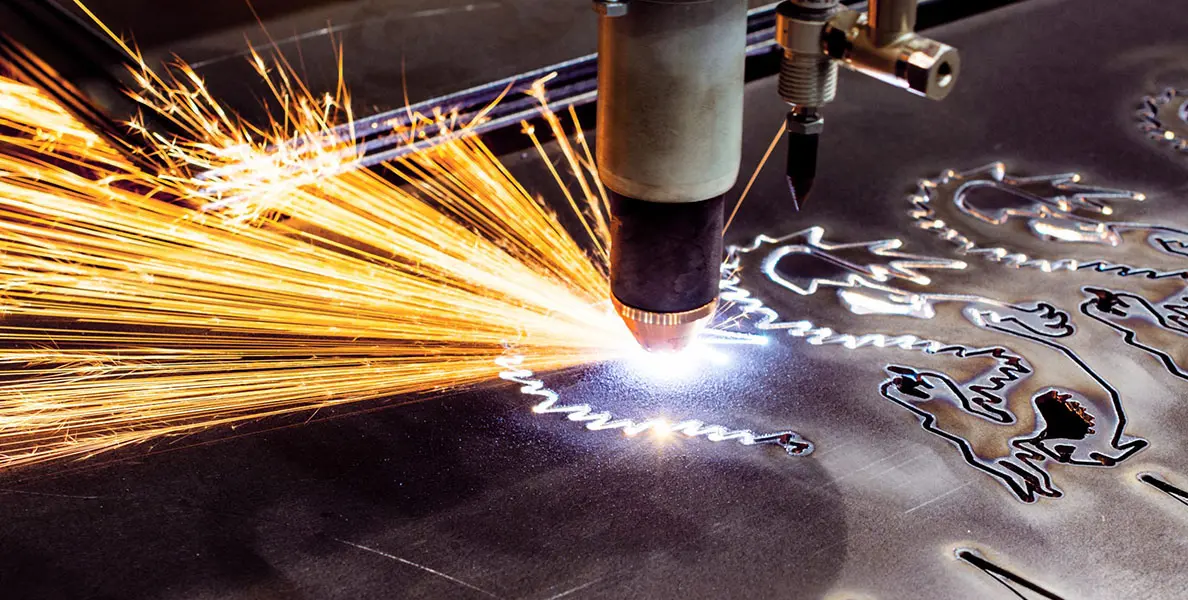 CNC plasma processing is an important tool for precise machining in the auto business, especially when it comes to cutting and shaping metal parts. One important use is making car body panels and structure frames, which need to be very accurate and have clean edges.
CNC plasma processing is an important tool for precise machining in the auto business, especially when it comes to cutting and shaping metal parts. One important use is making car body panels and structure frames, which need to be very accurate and have clean edges.
Plasma cutting is a type of CNC plasma processing that uses an extremely hot stream of ionized gas to carefully cut through metals that carry electricity, such as steel and aluminum. A CNC plasma cutter can be set up to follow a detailed plan and cut the metal sheets with an accuracy of ±0.1 millimeters, for example when making the chassis of a car.
With this level of accuracy, the frame parts will fit together perfectly, protecting the vehicle’s safety and structure. The method also makes it possible to make complex shapes and curves, which can improve the aerodynamics and looks of the vehicle.
CNC plasma cutting is popular in parts manufacturing because it is flexible and quick, and it can work with many different metals and thicknesses. It is also a cost-effective way to produce small to medium batches of products, making it highly valuable in the automotive industry for creating various components.
(9) CNC Shaping
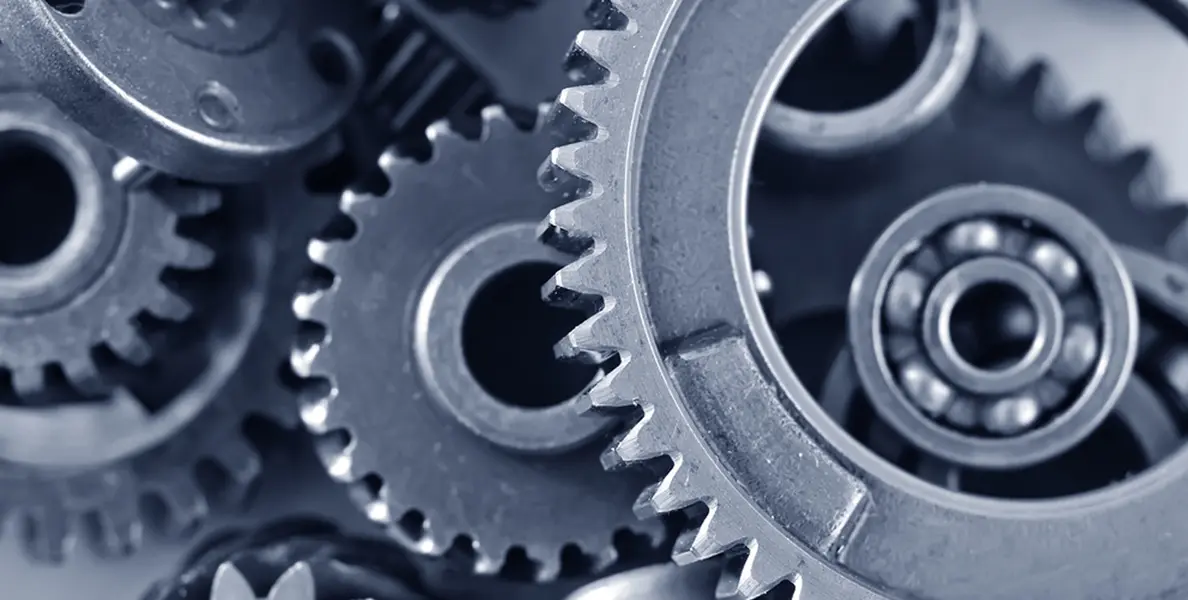 CNC shaping is an important part of making cars because it lets engineers make sure that the measurements and finish of workpieces are just right. It is important to have precise tooth shapes and sizes when making automotive gears so that they can transfer power easily.
CNC shaping is an important part of making cars because it lets engineers make sure that the measurements and finish of workpieces are just right. It is important to have precise tooth shapes and sizes when making automotive gears so that they can transfer power easily.
A piece of work is put on a machine table and several cutting tools are used to grind and mill the material into the shape that is needed. A CNC gear shaping machine can make gears that are accurate to within ±0.01 millimeters, making sure they fit properly with other gears in the transmission system.
This level of accuracy is very important for the engine to work well and last a long time. CNC shaping is also used to give engine parts like camshafts and crankshafts complicated shapes that have a direct effect on how well they work and how much fuel they use. Manufacturers can make a wide range of parts that fit different car models and customer preferences because the process lets them customize parts.
CNC shaping is an important part of making high-quality automotive parts that meet the strict standards of the auto industry because it is accurate and can be used in many ways.
(10) CNC Multi-Axis Machining
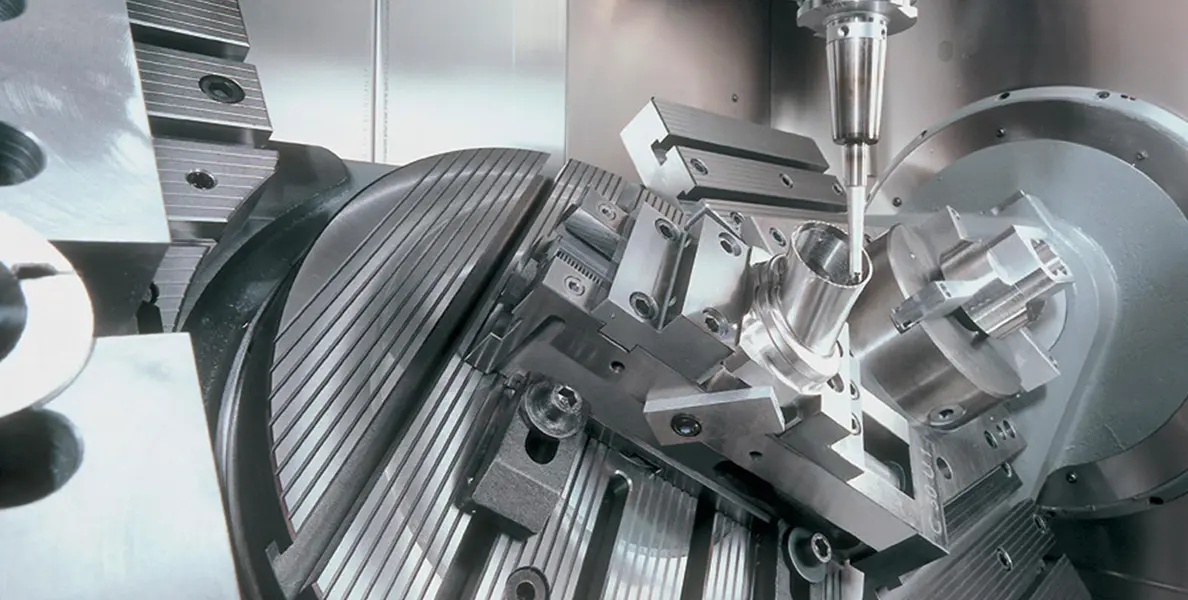 This is an advanced manufacturing method called CNC multi-axis machining. It is very important for making very precise, complex car parts. In the process of making engine blocks, these blocks have complicated shapes, including many holes, porous materials, and many channels.
This is an advanced manufacturing method called CNC multi-axis machining. It is very important for making very precise, complex car parts. In the process of making engine blocks, these blocks have complicated shapes, including many holes, porous materials, and many channels.
To make the complicated internal structures that are needed for the engine to work at its best, these parts need to move on multiple machine axes at the same time. In a CNC multi-axis machining center, a piece of work is held in place while several cutting tools on different directions work together to shape the piece.
For the engine block to fit and work perfectly, this process makes it possible to make complicated shapes with accuracy as good as ±0.005 millimeters. Also, multi-axis machining is used to make suspension parts like control arms, which need to be made with a lot of angles and curves for the right alignment and handling of the car.
Multi-axis movement in a single setting for automotive machining parts not only keeps the dimensions accurate but also speeds up the manufacturing process, cutting down on time and money spent on production. The sophistication and accuracy needed to make current cars are shown by this technology.
(11) CNC Ultrasonic Machining
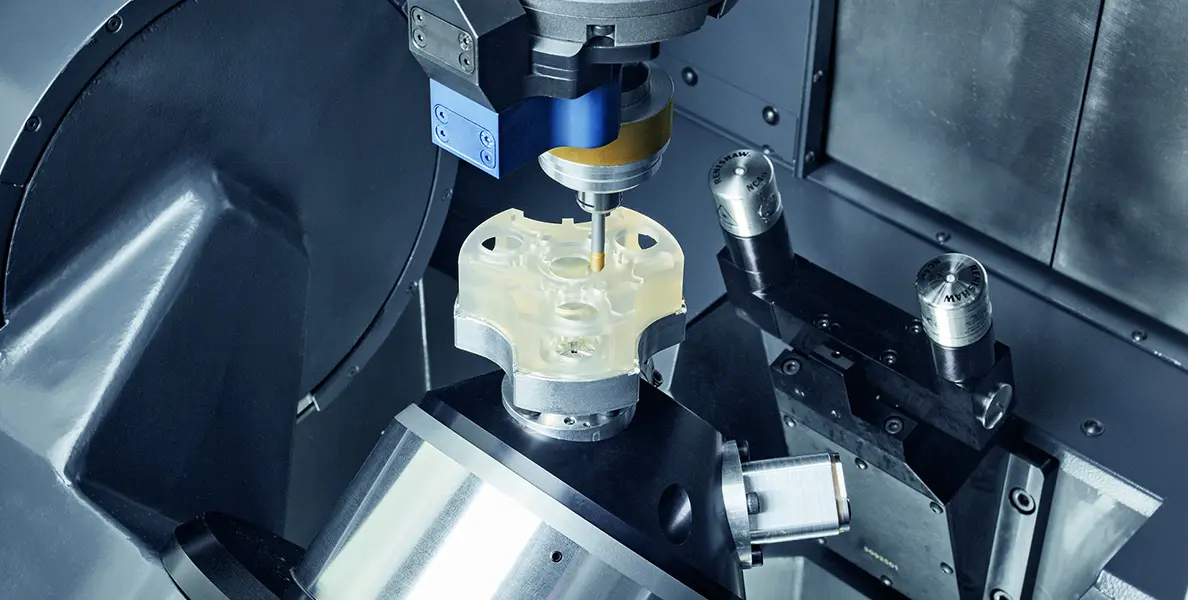 Precision automotive parts can be made with CNC ultrasonic machining, a new method that uses the power of ultrasonic vibrations. This technology works especially well for parts that need fine details and those that are hard to get to.
Precision automotive parts can be made with CNC ultrasonic machining, a new method that uses the power of ultrasonic vibrations. This technology works especially well for parts that need fine details and those that are hard to get to.
For fuel to be atomized properly, fuel injector nozzles need to be made with small, exact holes. In a CNC ultrasonic machining setting, ultrasonic frequencies of 20 kHz or higher are used to move a tool with a flat end face. The tool is immersed in a working fluid that has abrasive particles suspended in it. The abrasives are driven into the object by the vibrations of the tool. This wears away the material slowly until the shape and size are achieved.
This method makes it possible to make holes with sizes as small as 0.1 millimeters and accuracy of ±0.005 millimeters, which is very important for fuel injectors’ performance and efficiency. Ultrasonic vibrations also reduce the amount of heat and material stress, which makes the process good for parts that are fragile or easily damaged by heat, like those in current high-performance engines.
CNC ultrasonic machining is a great example of how new ways of making things help in the creation of accurate and dependable car parts.
4. Future Development Trends and Prospects
As we look to the future, we can see that CNC technology will continue to change the way cars are made in new ways that will make production more efficient and accurate.
Adding new materials and cutting-edge software to CNC will take it to a whole new level, making it possible to make parts that are not only more complicated but also stronger and lighter.
Smart technology and robotics hold a lot of promise for streamlining production lines, cutting down on mistakes made by humans, and speeding up the manufacturing process. Further improving dependability, smart CNC machines will be able to self-adjust and do preventative maintenance.
Future production models will be affected greatly, moving toward a more adaptable, customer-focused approach where mass customization is not only possible but also the norm. This new development in CNC technology will not only change the way cars are made, but it will also increase the quality of making in all fields.
5. Conclusion
CNC technology is an important part of making cars today because it is so precise and efficient. By making difficult, high-quality parts, it speeds up innovation and makes vehicles run better. To handle concerns from consumers and the environment, the sector should keep using new materials, push for environmentally friendly methods, and use smart automation. Keeping up with technology is important for the business that makes cars to stay competitive and long-lasting.
FAQs
1. What are surface treatments in manufacturing processes?
Surface treatments in manufacturing processes refer to techniques such as painting, coating, and polishing to enhance the aesthetics and functionality of a product.
2. What are the advantages of CNC machining in manufacturing?
The advantages of CNC machining include increased accuracy, repeatability, customization capabilities, and reduced human error compared to traditional machining methods.
3. How is CNC automotive machining different from general CNC machining?
CNC automotive machining specifically caters to the manufacturing needs of the automotive industry, producing components and parts tailored for vehicles with specialized requirements.
4. What are common machining operations in CNC manufacturing?
Machining operations in CNC manufacturing include milling, turning, drilling, and grinding, among others, to create complex and precise components for various industries.
References
1. CNC machining: milling process – Xometry. (n.d.). https://xometry.asia/zh-hans/cnc-milling-all-you-need-to-know/
2. What are the advantages of CNC machining? -Kunshan Dingjun Machinery Manufacturing Co. (n.d.). https://www.dingjunjx.com/m/news/539.html
3. What are the applications of CNC machining in the automotive industry? -Dongguan Ruisheng Precision Parts Machining. (n.d.). https://www.runsom.cn/2127.html
4. Leo, G. (2024, April 24). cnc grinding in detail: process, types, benefits and applications. aria | online manufacturing for on-demand customized services. https://www.madearia.com/zh-CN/blog/cnc-grinding-explained%EF%BC%9Aprocess-types-advantages- and-applications/
Disclaimer
The articles on XMAKE’s platform are intended for informational purposes, reflecting our expertise in digital manufacturing. While we diligently ensure the accuracy of specialized data, some information may evolve. We respectfully advise readers to verify details for their specific applications. XMAKE assumes no responsibility for the use of this content. Your understanding and compliance are appreciated.


